Anthropology
-
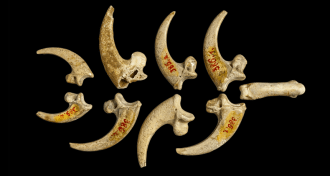 Anthropology
AnthropologyCache of eagle claws points to Neandertal jewelry-making
Eagle-claw jewelry points to Neandertals’ symbolic behavior before contact with humans, researchers argue.
By Bruce Bower -
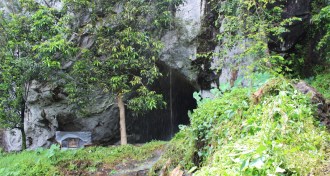 Anthropology
AnthropologyPeople moved into rainforests much earlier than thought
People lived year-round in rainforests well before previous estimates, an analysis of teeth excavated in Sri Lanka suggests.
By Bruce Bower -
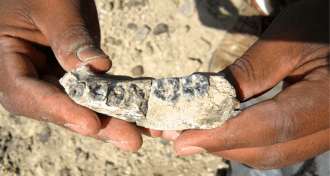 Humans
HumansAncient jaw may hold clues to origins of human genus
A 2.8-million-year-old fossil from Ethiopia raises questions about the origins and evolution of the human genus, Homo.
By Bruce Bower -
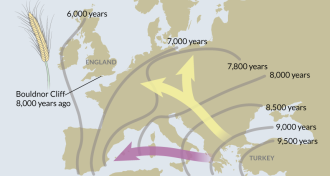 Anthropology
AnthropologyWheat reached England before farming
European hunter-gatherers may have traded for agricultural products 8,000 years ago.
By Bruce Bower -
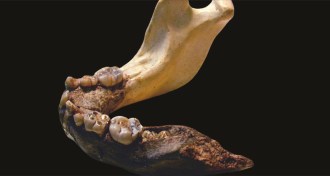 Anthropology
AnthropologyFossil teeth flesh out ancient kids’ varied growth rates
X-ray technique sheds light on hominids’ developmental variety.
By Bruce Bower -
 Anthropology
AnthropologyAncient Maya bookmakers get paged in Guatemala
New discoveries peg ritual specialists as force behind bark-paper tomes and wall murals.
By Bruce Bower -
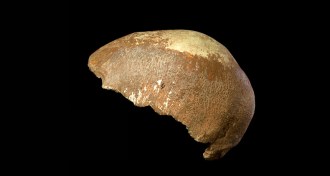 Anthropology
AnthropologyIsraeli fossil may recast history of first Europeans
New find suggests humans mated with Neandertals in Middle East before taking on Europe.
By Bruce Bower -
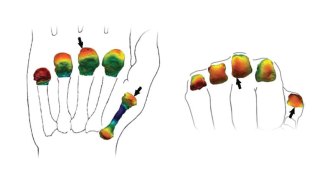 Anthropology
AnthropologyScans tell gripping tale of possible ancient tool use
South African fossils contain inner signs of humanlike hands, indicating possible tool use nearly 3 million years ago.
By Bruce Bower -
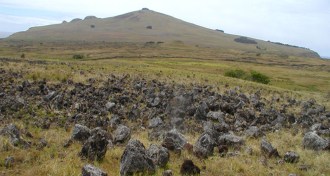 Archaeology
ArchaeologyStones challenge dating of Easter Island collapse
Despite losing ground in some areas, Polynesian farmers outlasted European contact.
By Bruce Bower -
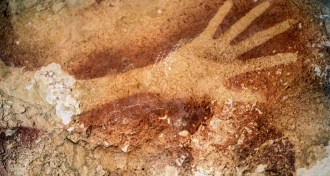 Anthropology
AnthropologyYear in review: Asian cave art got an early start
Stone Age cave painting began at about the same time in Southeast Asia as in Europe, challenging the idea that Western Europeans cornered the market on creativity 40,000 years ago.
By Bruce Bower -
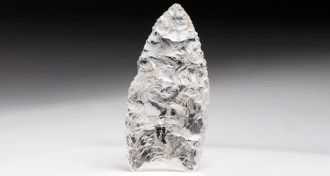 Humans
HumansYear in review: Genes, bones tell new Clovis stories
The genes and bones of the Clovis people reveal the range and legacy of the early North Americans.
By Bruce Bower -
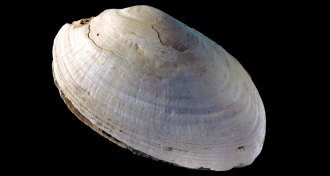 Archaeology
ArchaeologyHuman ancestors engraved abstract patterns
Indonesian Homo erectus carved zigzags on a shell at least 430,000 years ago.
By Bruce Bower